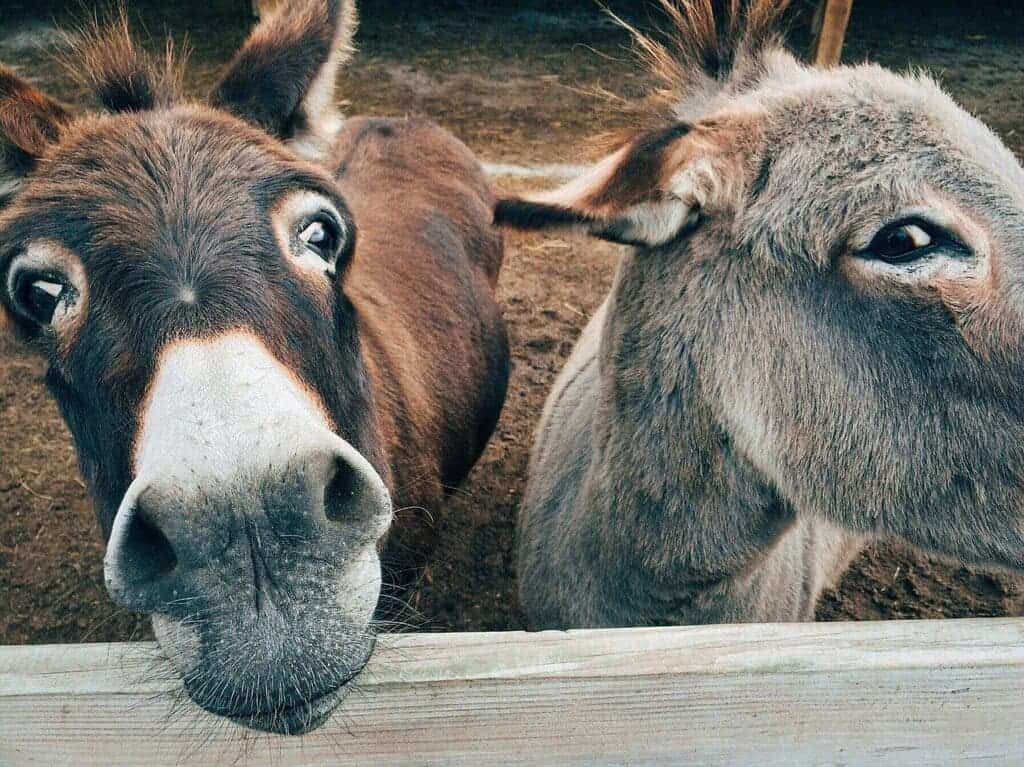Donkeys, taxonomically known as Equus africanus asinus, can boast having one of the most unfortunate and funniest colloquial names, derived from the Latin word “asinus”. Sometimes, this makes for very good headlines; today is one of those days.

But today is also the time when a new paper reports on the history of how this animal came to be domesticated. The research is based on genetic evidence contained within the donkey’s genomes.
Working with genetic material from 238 donkeys, of which 31 samples were retrieved from ancient donkeys found during archeological digs, an international team of researchers led by the Paul Sabatier University in Toulouse, France, believes they have determined when and where donkeys were first domesticated.
Thousands of years in the making
“We located the Horn [of Africa]+Kenya as the region hosting those donkeys today that are the closest to those first domesticated,” said study co-author Ludovic Orlando, a geneticist at the Université Paul Sabatier in France for Gizmodo. “It does not necessarily imply that this is the exact, precise location of the donkey homeland, since the ancestors could have lived in another nearby region.”
Donkeys have long been used as hardy, if headstrong, beasts of burden. While not especially large or fast, they have excellent endurance, which made them the best option for long-distance transport of goods overland throughout history. The team’s findings suggest that our relationship with donkeys began in earnest around 5,000 BCE. This would place the first domestication event of the species slightly earlier than the first archeological evidence of domesticated donkeys would suggest.
The most likely point of origin for the animals is somewhere in Africa, with Sudan, Egypt, or the Horn of Africa being proposed as potential options. The current findings support this view, pinpointing the area around modern Kenya and the Horn of Africa as their place of origin. However, they say further archeological work is needed to determine this with more accuracy.
The study is based on genetic material from 238 donkeys including three jennies (female donkeys) and six jacks (males) from Roman France. These were recovered at a site that dates to between 200 CE and 500 CE, and appears to have been a breeding farm for large donkeys. It is possible that multiple such sites existed in the Roman Empire, which served to cover the demand for pack animals for both civilian and military use.
A further 23 samples from donkeys from different historical ages were used in the study, as well as data from 15 wild equids.
By sequencing the genomes of these animals, the team could chart genetic similarities throughout time. They report finding a “strong phylogeographic structure” in modern donkeys which points to a single ancestor — a single domestication event. This took place somewhere in Africa around 5000 BCE, and was followed by the expansion of this species throughout Africa and Eurasia, before returning to Africa once more.
Another important finding of the paper is the existence of a second genetic lineage that branched off from the main family in the Levant around 200 BCE. From here, it spread predominantly toward Asia.
Finally, the genetic heritage of the donkeys suggests that breeders in the Roman Empire made great efforts to inbreed certain bloodlines that had desirable traits — underscoring the significant role these animals played in the Empire.
The findings help flesh out our understanding of the rich history of donkeys and, far from being a footnote in human history, they seem to have been one of the most important animals that humans have ever domesticated. Earlier this year, researchers reported that the oldest human-bred hybrid animal was the kunga, a donkey-wild ass hybrid.
The team hopes that their work can help raise awareness of the role donkeys played in our history, and that it can help further our understanding of man-made donkey hybrids such as mules (the offspring of male donkeys and female horses) or hinnies (the offspring of female donkeys and male horses), both of which are sterile and have to be intentionally bred.
Such work also showcases how genetic research can be used as complementary to archeological evidence when piecing together the story of our — or other species’ — past.
The paper “The genomic history and global expansion of domestic donkeys” has been published in the journal Science.






